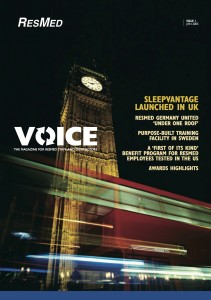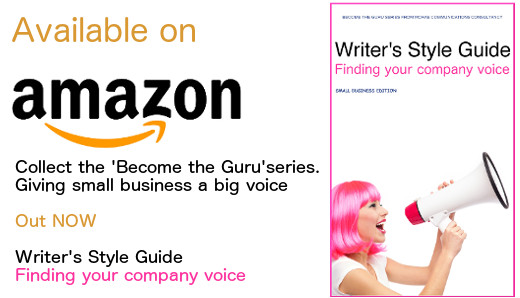 Once you have worked in a publishing house, and you’ve been responsible for producing a national or international publication, your skills can be transferred pretty much anywhere in the delivery of communications, whether in corporate or private enterprise. For example, what communications project doesn’t have a requirement for project management to meet deadlines, an innate understanding of the needs and wants of it’s target audience, the ability to source and collate information gathering from credible sources or stakeholders, an understanding of the hierarchy of messaging, budgetary considerations, quality control (from proofing and editing to representation of the brand), and of course the final look and feel of the deliverable itself? And, once you have met all those requirements, then there is sign off. Whether that’s sign of from the Editor in Chief or the Marketing Manager, or the legal department, it’s all the same.
Once you have worked in a publishing house, and you’ve been responsible for producing a national or international publication, your skills can be transferred pretty much anywhere in the delivery of communications, whether in corporate or private enterprise. For example, what communications project doesn’t have a requirement for project management to meet deadlines, an innate understanding of the needs and wants of it’s target audience, the ability to source and collate information gathering from credible sources or stakeholders, an understanding of the hierarchy of messaging, budgetary considerations, quality control (from proofing and editing to representation of the brand), and of course the final look and feel of the deliverable itself? And, once you have met all those requirements, then there is sign off. Whether that’s sign of from the Editor in Chief or the Marketing Manager, or the legal department, it’s all the same.
Life after publishing
After editorial and publishing, I moved on to a Senior Copywriter role in a global R&D environment. It was the ideal opportunity to combine everything I loved about marketing, design, PR, advertising and writing. The organisation truly was “innovative”. I know this has become the buzzword of the last 20 years, but this company was cutting edge. Except that is, until it came to their internal newsletter. The HR department had been putting together a communication for all staff and distributing it around the world, but nobody was reading it. Eventually HR handed it over the fence so I stuck my hand up, relishing the challenge of turning this communication piece around.
Always do your research
While I had some exciting ideas about what we could do to inject a bit more life into the publication, I decided to put together a survey that was emailed to all staff, with a prize incentive for those who returned a response. I wanted to know what people really thought of the newsletter and why they weren’t reading it.
The results were illuminating, One of the main problems was that staff saw this publication as too American-centric and they didn’t feel represented in their region. Also many people were distrustful, seeing the communication as a tool by management to communicate agendas and policies that didn’t really resonate with the man or woman on the production line. Format wise it was unappealing and boring with pages of text heavy content.
So with a full understanding of what the target audience didn’t want, and an idea of what my budgetary and resourcing constraints were, I set to work, and basically ran the project as if I was back in publishing, complete with flat plans, feature meetings, interviews, of customers, and management alike, and of course the all important deadlines which had to work in with my other major projects.
Concept Development
I was lucky enough to work with designer James Norton, who totally understood what I was trying to achieve. He came up with some really exciting concepts and together we created a new magazine for our global audience that was dynamic and engaging. Each quarter we featured a different region on the front cover and showcased the successes of teams around the world. We started getting ideas from the staff who wanted to be involved, then emails from people asking when the next issue was coming out. It was a huge success, turning a management monologue into a successful publication that everybody felt a part of. The funny thing was, management still had their say, but the design and editing transformed these boring articles into more bite-sized, palatable pieces of conversation.
Take a look at some issues of VOICE and see what you think. There are also some additional examples of newsletters and publications I have worked on across the years. I didn’t have the same amount of creative freedom with some of them and so they are a little dry, but sometimes that’s part of the job too – and it’s important to do those jobs just as well as the ones you get excited about. That’s what being a writer is all about.
 Send to Kindle
Send to Kindle

